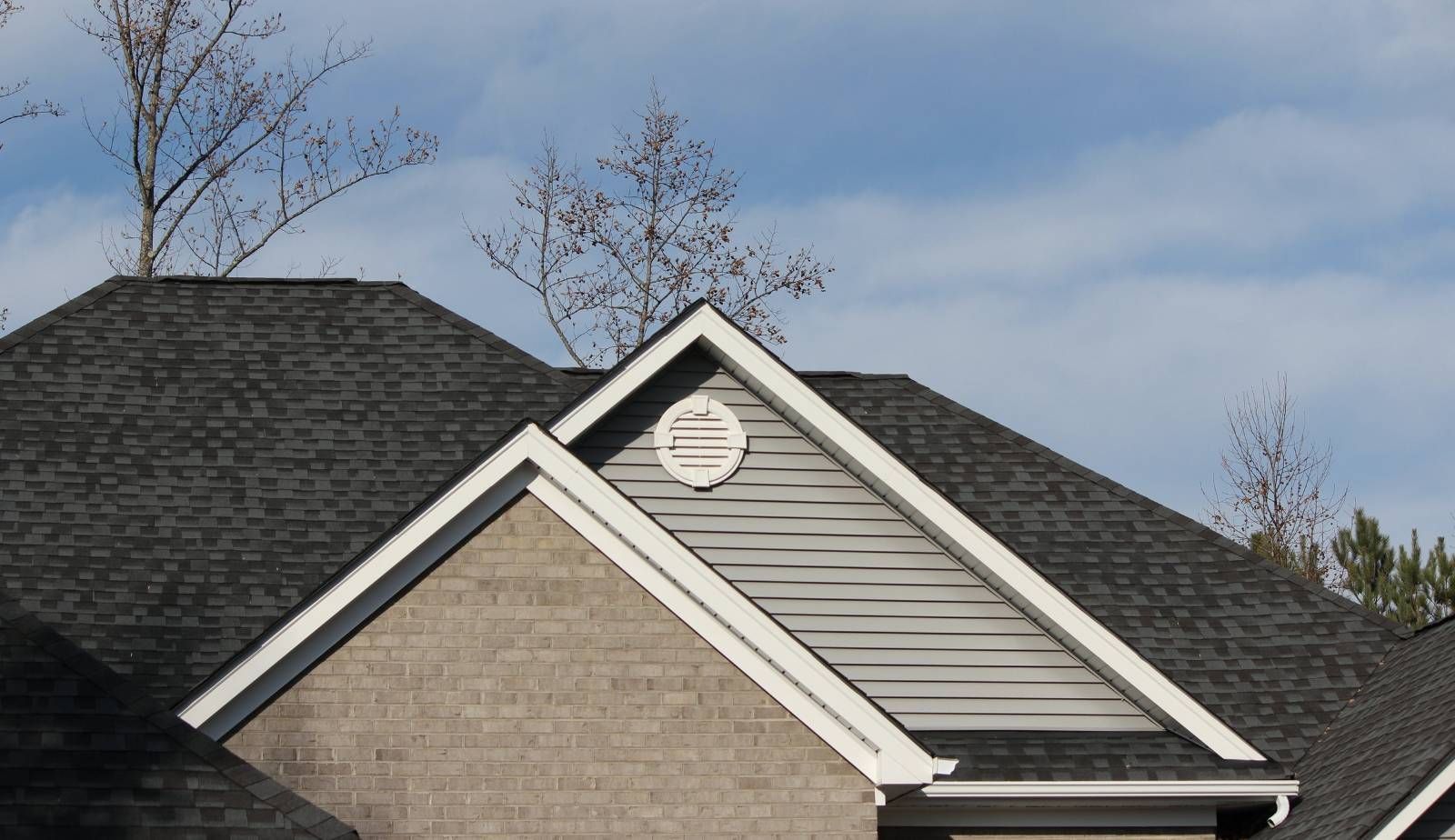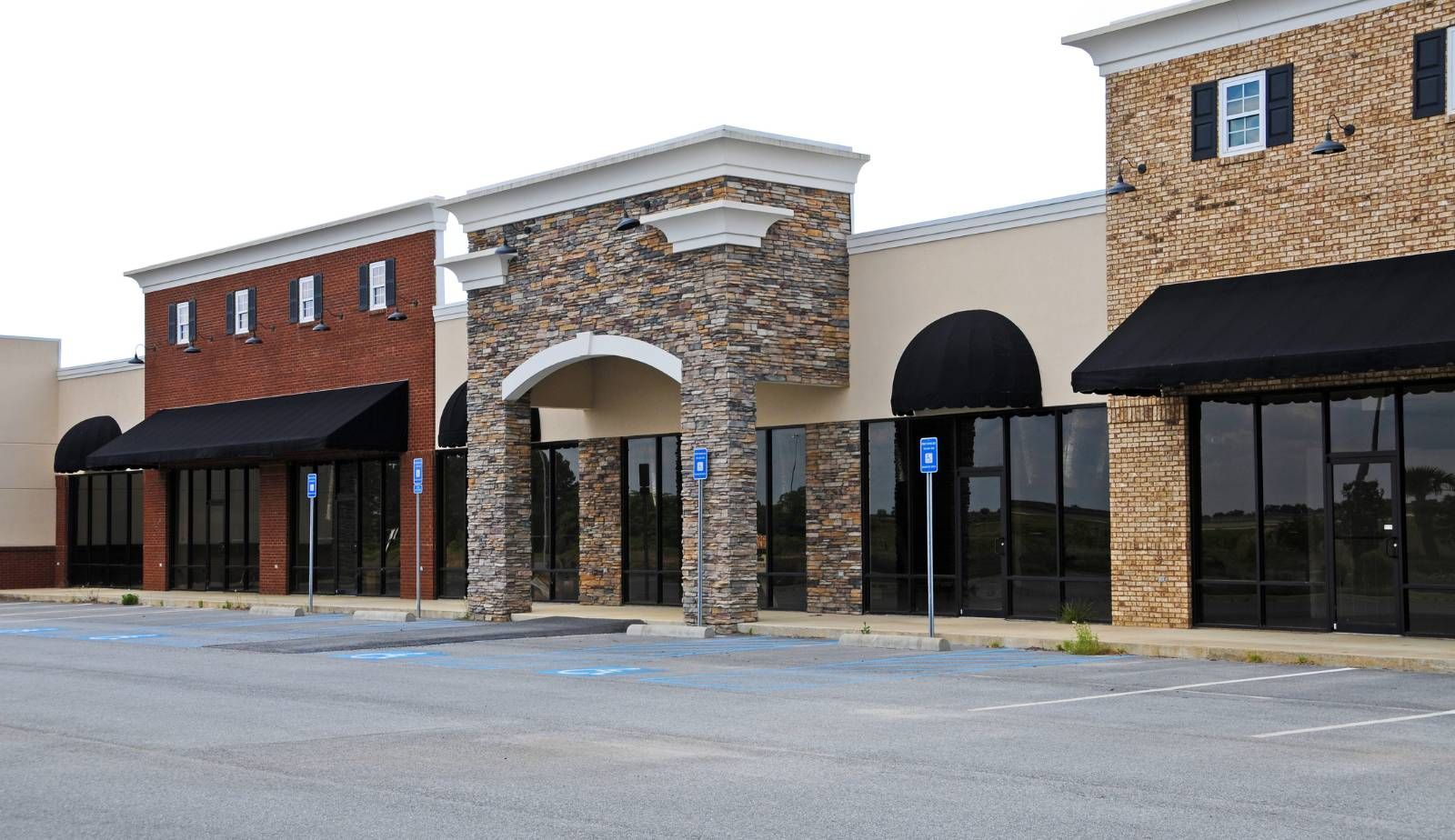Cajun Resilience: Inspiring Stories of Louisiana Businesses Rebuilding After Water and Fire Disasters
Cajun resilience has become a defining characteristic of Louisiana's business landscape, particularly in the face of catastrophic water and fire damage.
Local entrepreneurs have shown remarkable tenacity in rebuilding their operations, drawing on a rich community spirit and innovative strategies that contribute to recovery. The inspiring stories of these businesses provide valuable insights into the resilience and creativity that help them not only survive but thrive after facing immense challenges.
From family-run eateries to vibrant local shops, many establishments have leveraged community support, adaptive business models, and a determination to preserve their cultural heritage. Their journeys highlight how collaboration and resourcefulness are essential for bouncing back from disasters. As these businesses rise from the ashes, they embody the heart of Louisiana's Cajun culture, proving that adversity can lead to strengthened bonds and renewed vitality.
This blog post will illuminate the steps these businesses have taken to overcome obstacles, demonstrating the power of community engagement and personal grit. Readers will discover not just the strategies employed but also the profound communal ties that enable a shared recovery effort, showcasing what it truly means to be resilient in the face of disaster.
The Impact of Climate Change on Louisiana
Louisiana is facing significant challenges due to climate change, which exacerbates the frequency and severity of natural disasters. The region's unique geography makes it particularly vulnerable, leading to devastating effects on its communities and ecosystems.
Understanding the Gulf Coast's Vulnerability
The Gulf Coast's vulnerability stems primarily from its geographic position and environmental conditions. Rising sea levels threaten coastal areas, increasing the risk of flooding and storm surges during hurricanes.
The region's warm temperatures also contribute to more intense storms. Events like Hurricane Ida in 2021 highlighted this vulnerability, causing extensive damage to local businesses and infrastructure.
Additionally, the increased frequency of heavy rainfalls affects drainage systems, resulting in urban flooding. The combination of these factors endangers not just human lives but also the economy and the natural environment.
Land Loss and the Wetlands Crisis
Louisiana's wetlands act as a natural buffer against storm surges and flooding, but they are rapidly disappearing due to land loss. Nearly 1,900 square miles of wetlands have vanished since the 1930s, primarily due to human activities and climate change.
Increased saltwater intrusion and erosion are significant contributors to this crisis. Wetland degradation threatens biodiversity and fisheries, which are vital to the local economy.
Efforts to restore these wetlands are ongoing but face challenges related to funding, policy, and climate factors. Protecting and restoring these ecosystems is critical not only for resilience against disasters but also for the overall health of Louisiana's communities.
Historical Challenges Faced by Louisiana Businesses
Louisiana businesses have faced numerous challenges throughout history, particularly from natural disasters. Two significant events, Hurricane Katrina and Hurricane Ida, have tested the resilience of local enterprises, forcing them to adapt and innovate in their recovery strategies.
Hurricane Katrina: Lessons Learned
Hurricane Katrina struck in August 2005, devastating New Orleans and surrounding areas. The storm caused extensive flooding, leading to the closure of thousands of small businesses. Many companies lost everything, from physical structures to inventory.
In the aftermath, Louisiana businesses learned critical lessons in disaster preparedness. Those that survived implemented robust emergency plans, ensuring better communication and resource management. Key strategies included community collaboration, securing financial assistance, and utilizing technology for recovery efforts.
Many establishments emerged with new business models, embracing diversification and community-oriented services. This adaptability has become a hallmark of Louisiana's business culture.
Hurricane Ida and Ongoing Recovery Efforts
Hurricane Ida hit in August 2021, causing severe damage to Louisiana's infrastructure and economy. Many businesses again faced the daunting task of rebuilding amidst the chaos.
The recovery process following Ida has involved significant investment in mitigation strategies. Local businesses sought grant funding and resources to help repair structures and reopen quickly. Furthermore, businesses utilized social media to rally community support, promoting local products and services.
Partnerships with organizations focused on disaster relief have also been essential. These collaborations provided necessary training and resources, aiding in the recovery efforts. Despite the challenges, businesses continue to demonstrate remarkable resilience while transforming their approaches to disaster preparedness.
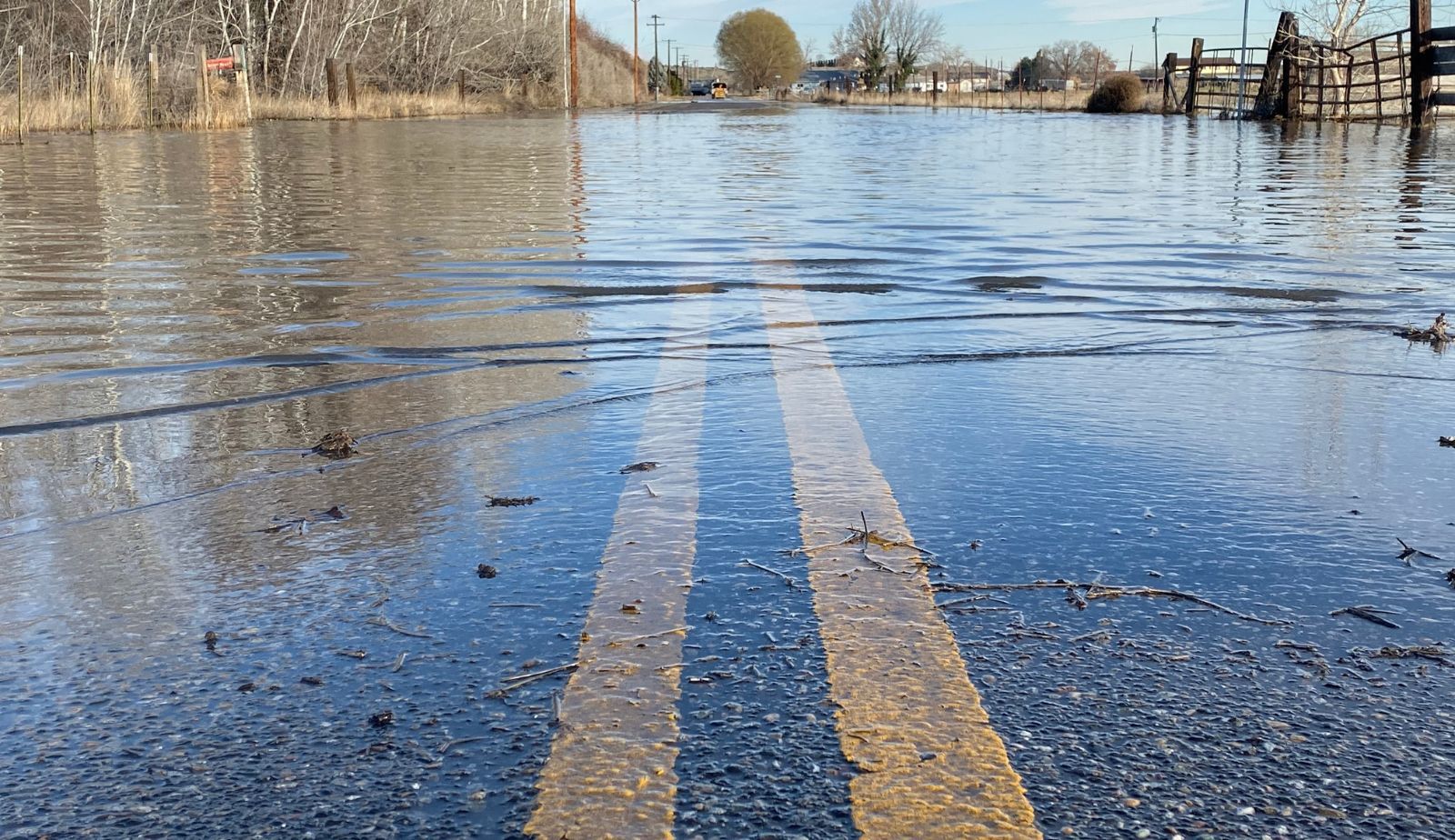
Strategic Business Continuity Planning
Strategic business continuity planning is vital for organizations facing potential disasters. This involves both proactive measures to ensure ongoing operations and effective recovery strategies post-disaster.
Pre-Disaster Strategies for Business Stability
Effective pre-disaster strategies are crucial for maintaining business stability. Companies should start by conducting a thorough risk assessment to identify vulnerabilities specific to their operations, geography, and industry.
Creating a comprehensive business continuity plan is essential. This plan should outline policies, procedures, and essential resources to maintain core functions during a disruptive event. Important elements include:
- Establishing a communication plan for staff and stakeholders.
- Training employees on disaster response protocols.
- Identifying critical suppliers and creating contingency plans.
Additionally, businesses can explore Economic Injury Disaster Loans (EIDL), which provide necessary funding for recovery efforts. Implementing these strategies helps to minimize downtime and ensures a more resilient business environment in the face of adversity.
Effective Post-Disaster Recovery Plans
A robust post-disaster recovery plan enables businesses to rebound effectively from catastrophic events. Initial steps include a rapid assessment of the situation to determine the extent of damage and identify immediate needs.
Businesses should implement a detailed recovery timeline that includes:
- Immediate actions for safety and damage control.
- Restoration of critical business functions.
- Communication with stakeholders, customers, and employees.
Accessing resources such as government assistance programs, including EIDL, can significantly aid recovery. Maintaining strong community ties also contributes to a successful recovery; local collaboration can provide invaluable support and resources. Continuous evaluation and adjustment of recovery plans are necessary to enhance resilience against future disasters, reinforcing the pathway to rebuilding and growth.
Federal and State Disaster Recovery Support
In the aftermath of disasters, Louisiana businesses can access various federal and state support mechanisms to aid recovery. These resources, primarily offered through the U.S. Small Business Administration (SBA), include disaster loans and economic assistance designed to meet specific needs.
Navigating SBA Disaster Loans
SBA disaster loans provide financial assistance to businesses affected by natural disasters. These loans are aimed at repairing or replacing damaged property and may also cover the costs of temporary relocation.
Eligible businesses can apply for loans up to $2 million, with loan terms typically extending up to 30 years. The interest rates for these loans can remain fixed at around 3% for non-profits and 6% for businesses, depending on the situation.
To initiate the application process, businesses need to gather financial documents and submit their applications through the SBA’s Customer Service Center, where they can receive guidance.
Economic Injury Disaster Loans for Working Capital
Economic Injury Disaster Loans (EIDL) specifically target the working capital needs of businesses during recovery phases. These loans help cover operating expenses that businesses cannot afford due to loss of revenue after a disaster.
EIDLs also offer loan amounts up to $2 million, with a low interest rate of 3.75% for small businesses and 2.75% for non-profits. The funds can be used for essential operational costs, including payroll, rent, and utilities.
Applying for EIDLs requires businesses to demonstrate economic injury and submit necessary documentation to support their claims. The SBA facilitates this process to ensure businesses receive needed support promptly.
Understanding Interest Rates and Loan Amounts
Interest rates and loan amounts can significantly impact the recovery of businesses in Louisiana. For SBA disaster loans, the interest rates vary based on the type of borrower and the type of loan. These loans usually have competitive rates compared to traditional financing.
Businesses seeking help should understand that the loan amounts depend on the actual disaster-related damages or losses. The SBA evaluates the extent of the damages to determine suitable funding, ensuring that the assistance matches the unique needs of each business.
This financial support system remains vital for business resilience, fostering the growth and recovery of Louisiana’s economy post-disaster.
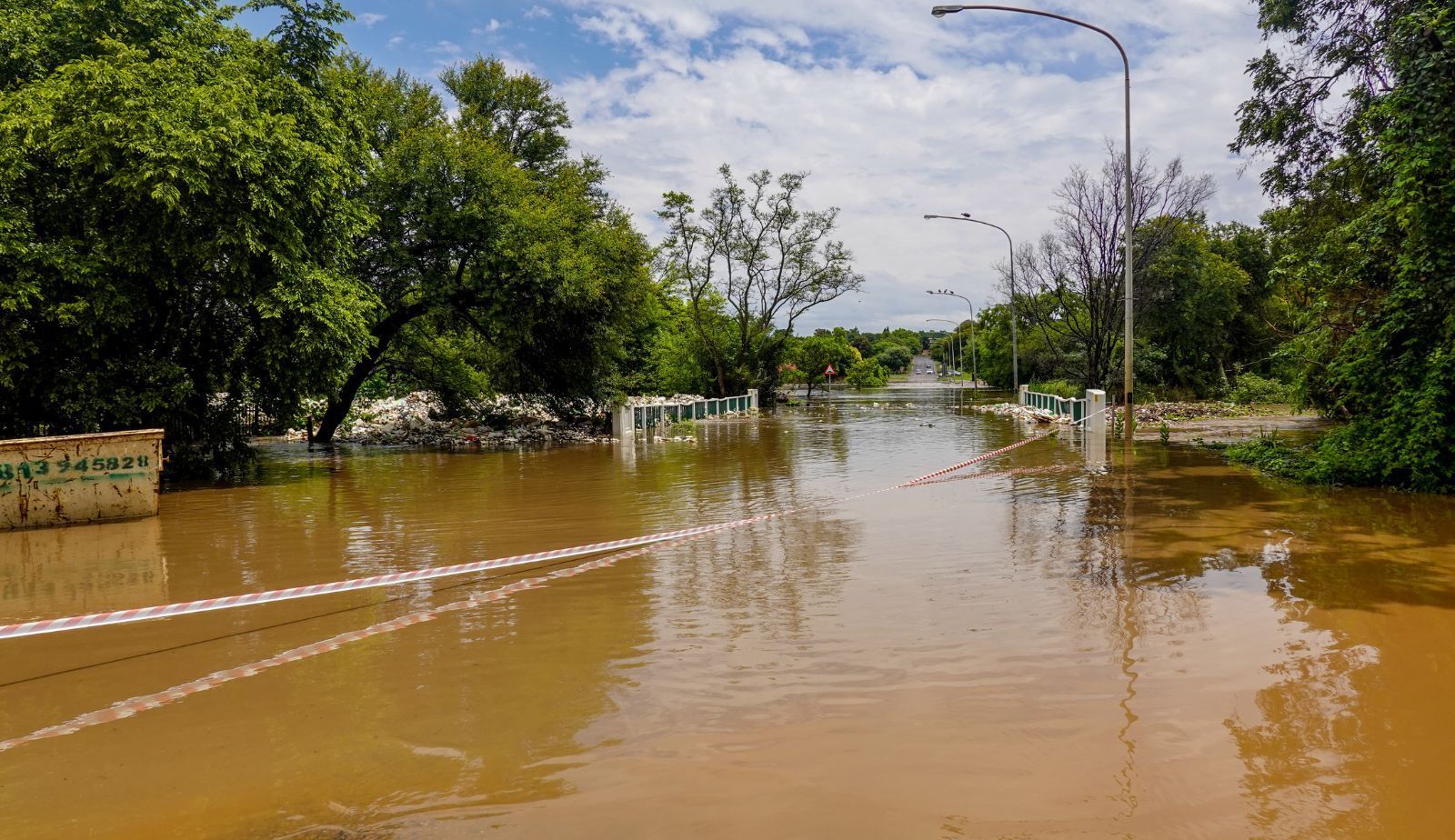
Community Resilience and the Role of Local Organizations
Local organizations play a critical role in fostering community resilience, particularly in disaster-prone areas like Louisiana. Their efforts not only promote recovery but also strengthen community bonds. The following highlights focus on specific responses from two notable organizations in the region.
The Grand Caillou/Dulac Band's Response to Disasters
The Grand Caillou/Dulac Band has been proactive in responding to catastrophic events. They launched educational programs that teach residents about disaster preparedness and recovery strategies. These initiatives aim to empower individuals and families by providing the information and tools necessary for effective responses to emergencies.
After significant water damage from hurricanes, the Band organized community workshops focusing on rebuilding and mental health support. These events foster a sense of unity and encourage shared experiences among community members, which is essential for emotional recovery.
Additionally, they collaborated with local businesses to create rapid response teams that assist affected residents with immediate needs, such as shelter and food supplies. Their comprehensive approach integrates both social support and practical resources for recovery efforts.
Contributions of the Biloxi-Chitimacha-Choctaw
The Biloxi-Chitimacha-Choctaw tribe plays a vital role in enhancing resilience in their community. They have developed a robust network that connects local businesses with resources aimed at recovery after disasters. Their emphasis on sustainability and self-sufficiency strengthens the economic fabric of the community.
Following devastating fire damage in recent years, the tribe’s leadership established a relief fund specifically for local businesses. This fund provides financial assistance to help cover immediate restoration costs. Moreover, they facilitate partnerships with national disaster recovery organizations to access additional resources and technical assistance.
The tribe also encourages community engagement through volunteer programs, enabling residents to assist in cleanup and rebuilding efforts. By involving everyone, they create a shared sense of responsibility and ownership, vital for the recovery process. The Biloxi-Chitimacha-Choctaw's multifaceted strategy embodies the essence of community resilience.
Financial Assistance for Individuals and Renters
After disasters, financial aid becomes crucial for individuals and renters. Various programs are available to help homeowners repair their properties and support renters in recovering personal items lost due to catastrophic events.
Support for Homeowners After Disasters
Homeowners facing significant damages from disasters can access low-interest federal disaster loans. The U.S. Small Business Administration (SBA) offers these loans to cover repair costs, replacement of damaged property, and related needs. Interest rates can be as low as 2.813%, with terms up to 30 years based on the applicant's financial condition.
Additionally, Federal Emergency Management Agency (FEMA) provides grants to eligible homeowners. These grants assist with temporary housing, home repairs, and personal property loss. Eligible areas impacted by events like Hurricane Francine can be found on FEMA's website, allowing impacted homeowners to apply for assistance quickly.
Aid Options for Renters to Recover Personal Property
Renters often face substantial losses when a disaster strikes, including personal property and essential items. FEMA offers assistance through grants for renters affected by catastrophic events. This support helps cover essentials like clothing, furniture, and appliances.
To receive aid, renters can apply online at DisasterAssistance.gov or call the FEMA helpline at 800-621-FEMA. Additionally, the SBA provides low-interest loans specifically tailored for renters to recover personal property losses. These loans are vital for helping individuals reclaim their lives after disaster-related disruptions.
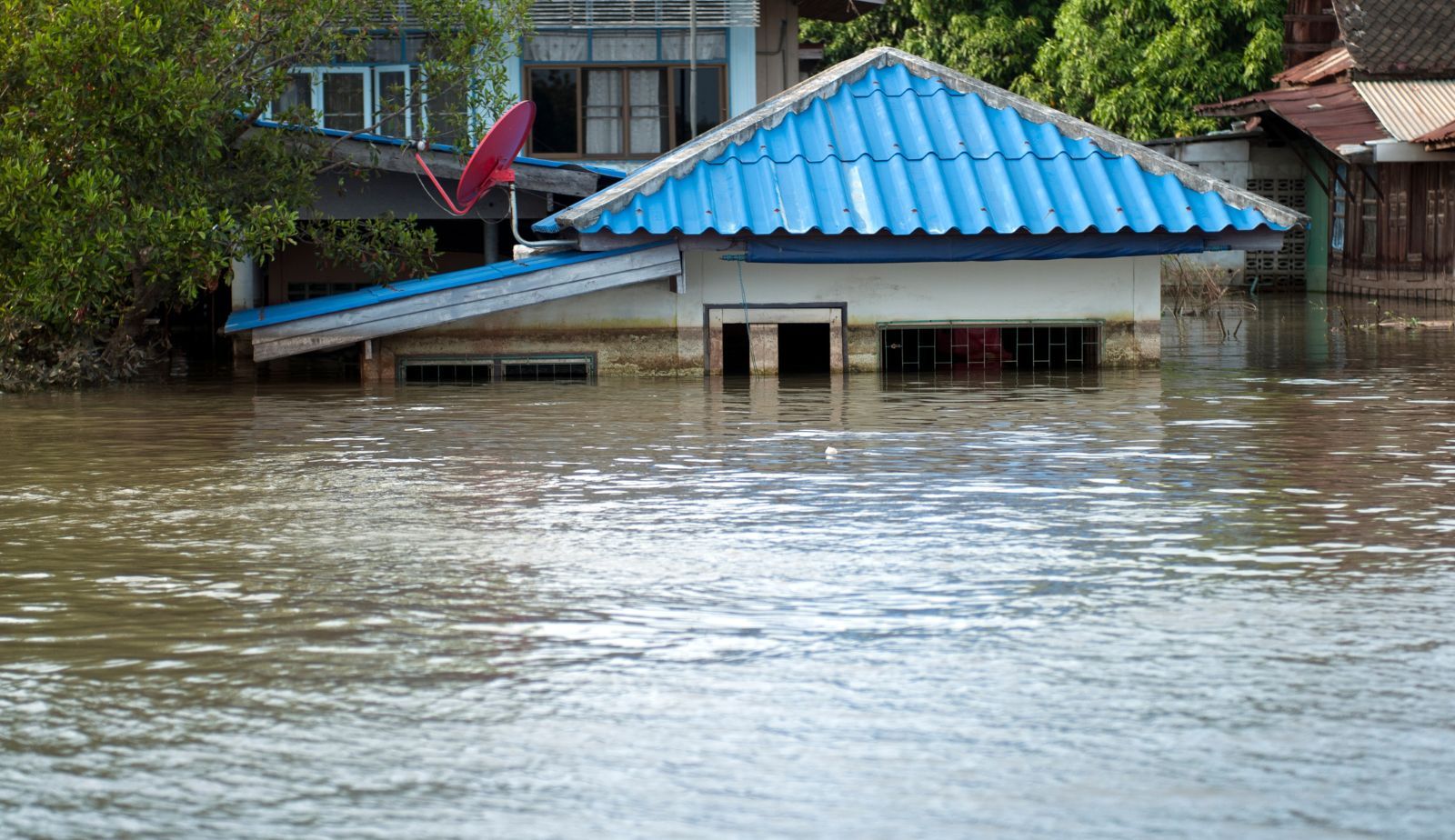
Case Studies of Resilient Louisiana Businesses
Louisiana's small businesses have demonstrated remarkable resilience in the face of catastrophic water and fire damage. Through effective community support and innovative rebuilding strategies, many have not only recovered but have also emerged stronger.
Success Stories from Southeast Louisiana
One notable success story is a local bakery in New Orleans that faced severe flooding after Hurricane Katrina. The owner utilized community funding and local partnerships to rebuild. By focusing on quality and tradition, the bakery attracted both local customers and tourists, revitalizing the neighborhood.
Another example is a family-owned hardware store in Baton Rouge. After a devastating fire, they implemented a crowdfunding campaign, which rallied support from the community. The store used these funds to initiate repairs and modernize its inventory, ensuring continued service to local contractors and homeowners.
Strategies That Fostered Business Rebuilding
Effective rebuilding strategies included collaboration among local businesses. For instance, many formed cooperative networks that shared resources and knowledge. This approach allowed them to reduce costs and accelerate recovery efforts.
Moreover, businesses in the region leveraged local government grants and support programs. They participated in workshops that taught disaster preparedness and risk management, enabling them to build more resilient infrastructures.
Social media played a crucial role too. Companies that engaged with customers online before, during, and after disasters maintained their visibility and loyalty. This active communication helped to rebuild trust and foster deeper community connections.
Frequently Asked Questions
This section addresses common inquiries regarding how Louisiana businesses navigate the challenges posed by catastrophic events such as floods and fires. The strategies employed for recovery, the role of community involvement, and available resources are highlighted.
How have Louisiana businesses effectively recovered from catastrophic natural events?
Louisiana businesses have demonstrated resilience through strategic planning and effective crisis management. Many have implemented robust disaster recovery plans that include risk assessment and investment in infrastructure designed to withstand future events.
What strategies have proven successful for local businesses in Louisiana to rebuild post-disaster?
Successful rebuilding strategies often involve securing financial assistance from state programs and federal grants. Additionally, businesses have focused on community engagement and collaboration to share resources, knowledge, and support during the recovery process.
What role has community support played in the recovery of businesses affected by water and fire damage in Louisiana?
Community support has been crucial for businesses during recovery. Local organizations and residents often rally together, providing resources, volunteer labor, and emotional support, fostering a shared sense of responsibility and connection.
Can you share success stories of businesses overcoming the challenges of major disasters in Louisiana?
Several businesses, like Café des Amies in Breaux Bridge, have successfully rebuilt after significant setbacks. Their stories highlight perseverance and creativity, demonstrating how local entrepreneurs adapt their business models to address changing circumstances.
What resources are available to Louisiana businesses seeking to rebuild after a disaster?
Resources for rebuilding include access to financial assistance through programs like Restore Louisiana, which offers loans to small businesses affected by disasters. Additionally, local chambers of commerce often provide critical support, information, and networking opportunities.
How important is resilience in the context of disaster recovery for small and medium businesses in Louisiana?
Resilience is essential for the survival and revival of small and medium businesses after disasters. It enables business owners to quickly assess damage, develop adaptive strategies, and maintain operations, ensuring long-term sustainability amidst adversity.
You might also like
DryMax Restoration Blogs
